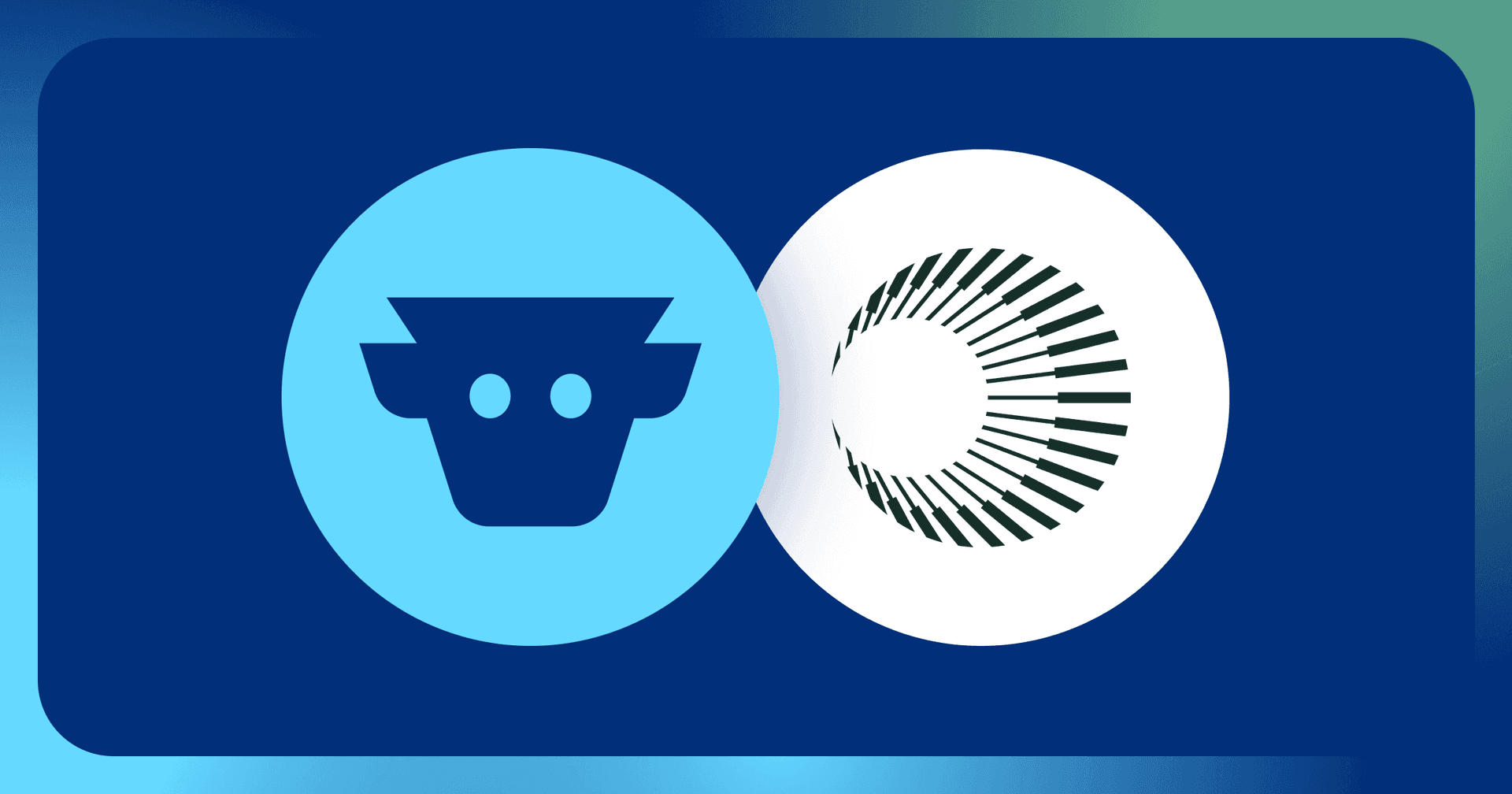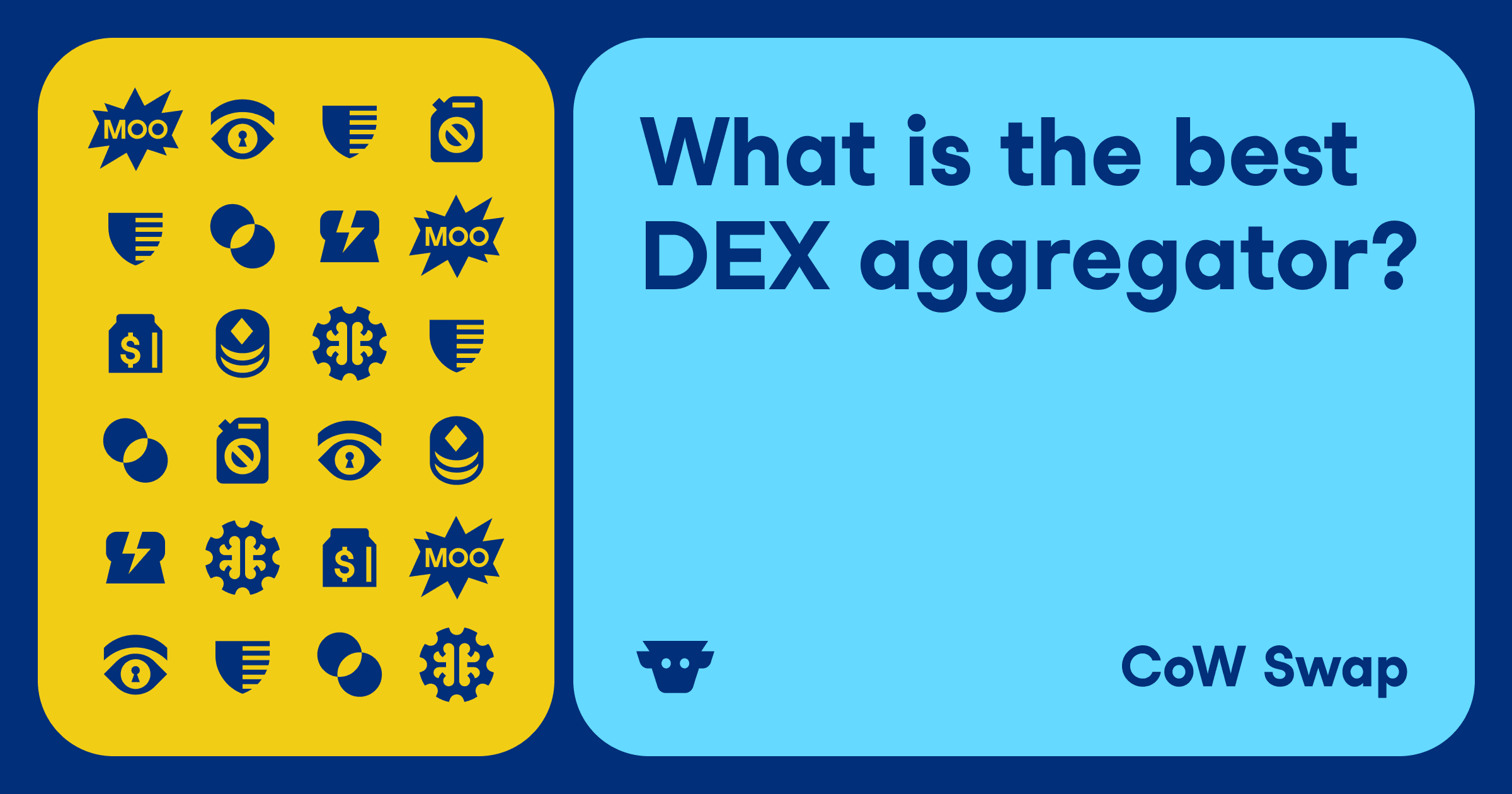What is Slippage in Crypto?
Slippage is the difference between the price at which a cryptocurrency order is submitted and the price at which it’s executed.
Since crypto prices fluctuate constantly, it’s necessary to set a “slippage tolerance” for every trade which allows users to accept a slightly higher or slightly lower price for their trades at execution time.
What is Slippage?
Slippage is the amount that a trade price may vary by between the time the trade is placed and the time it actually executes.
To better understand slippage, let’s take a look at an example.
Let’s say a user places an order to buy 1 ETH while the price of ETH is exactly $3,000. By the time the order executes, however, ETH has shifted slightly in price and the user ends up only paying $2,980 for 1 ETH. The $20 difference between the $3,000 that they initially placed their order at and the $2,980 per ETH price that the order eventually executed for is known as slippage.
What is a Slippage Tolerance?

The slippage setting on CoW Swap
Decentralized exchanges require users to set a “slippage tolerance” percentage every time they make a trade. This determines how much deviation the trader is willing to accept in the price of the asset they are trading.
For example, if a user wants to buy 1 ETH, it might cost them $3,000 at the time they place their trade, but by execution time that price may have changed to $2,950 (approximately 2% less). If they had no slippage tolerance, their trade would fail, potentially still incurring gas fees and forcing them to resubmit the transaction.
Meanwhile, if they set a slippage tolerance of 2% when they place their trade, their trade would be able to execute at prices 2% below or 2% above the quoted price. In this example, this would allow the trade to go through as long as 1 ETH is between $2,940 and $3,060 at execution time.
All decentralized exchanges use slippage tolerances for user trades, so it’s important to understand the concept and know what percentage to use.
What Slippage Tolerance Should I Use?
As a rule, you should try to use the smallest slippage you can get away with. On most exchanges, the default slippage tolerance is between 0.5% and 2%, however, the optimal slippage tolerance depends on the type of asset you’re trading.
Generally speaking, the more volatile a crypto asset is, the higher a slippage tolerance you’ll need to use.
For stable assets: Assets like stablecoins generally require a low slippage tolerance because their prices don’t fluctuate by much. Exchanges specializing in stablecoins (such as Curve) set the default slippage tolerance for these assets at between 0.25% and 0.5%.
For standard assets: The standard slippage tolerance for most trades is between 0.5% and 2%. This is a good range to stick to when trading established assets with medium volatility profiles such as Ethereum.
For volatile assets: When it comes to cryptocurrencies whose prices jump wildly — such as memecoins or new token launches — users will often need to use a higher slippage tolerance than 2%. There is no hard and fast rule here. Depending on the volatility of the asset, user trades may require a double-digit slippage, maybe even in the high double-digits, in order for the trade to go through.
It’s important to understand, however, that setting a high slippage tolerance leaves you vulnerable to price exploitation in the form of maximal extractable value (MEV).
The Dangers of High Slippage
While setting a high slippage tolerance helps ensure that your transaction goes through, using too high of a slippage tolerance can be dangerous.
Blockchains like Ethereum process transactions sequentially, meaning that transactions in a block execute one after the other. This, combined with the mechanism of automated market makers (AMMs), means that value-extracting bots can strategically place transactions before and after your trade to exploit your slippage tolerance and extract value from you. This type of price exploitation is known as maximal extractable value (MEV).
Sandwich Attacks

The flow of a sandwich attack
A sandwich attack is a form of MEV that can occur whenever a user places a trade with a high slippage tolerance. Specifically, this is a slippage tolerance that is larger than what the market price may call for.
When a user places this trade, an MEV bot (known as a “searcher”) places another transaction before the user transaction, pushing the price of the traded asset up to the original user’s maximum slippage tolerance. The original user’s transaction then goes through, pushing the price up even further. Finally, the searcher sells the asset, cashing out on the price difference.
In the end, the user loses out because their transaction could have gone through at a lower slippage. Instead, the searcher forced the user’s transaction to execute at the limit of its slippage tolerance and kept the difference for themselves.
This isn’t a rare occurrence either, MEV is a systemic problem for chains like Ethereum where MEV losses total over $1.3 billion to date.
What is Auto-Slippage?
Unfortunately, there is no perfect way to predict what the ideal slippage should be for every trade. In crypto, users are often competing against more sophisticated trading parties and bots who can take advantage of their sub-optimal traders for their own profit.
To protect users from MEV, some exchanges offer auto-slippage functions which automatically calculate the slippage tolerance that trades should use based on the assets they are trading and market conditions.
CoW Swap: Premium Auto-Slippage and Delegated Trade Execution

One of the exchanges with the most advanced auto-slippage features is CoW Swap. CoW Swap is an intents-based DEX aggregator that uses third parties known as “solvers” to execute trades on behalf of users. Solvers calculate the optimal slippage tolerance for user trades and take on all the risks of MEV.

In fact, data shows that CoW Swap offers a low default slippage the overwhelming majority of the time compared to 0x and 1inch.
On CoW Swap, you can make the perfect trade every time, even if you’ve never heard of “slippage” before!
Trade worry-free at swap.cow.fi.
FAQs about slippage in crypto
What is slippage in crypto?
Slippage is the difference between the price at which a cryptocurrency order is submitted and the price at which it's actually executed. For example, if you place an order to buy 1 ETH at $3,000 but the transaction completes at $2,980, the $20 difference is slippage. This occurs because crypto prices fluctuate constantly, making some price difference between order placement and execution almost inevitable.
What is a slippage tolerance?
Slippage tolerance is the percentage deviation in price that a trader is willing to accept when executing a cryptocurrency trade. For instance, setting a 2% slippage tolerance when buying 1 ETH at $3,000 means your trade can execute as long as the final price falls between $2,940 and $3,060. Without setting an appropriate slippage tolerance, trades may fail during price fluctuations, potentially still incurring gas fees and requiring you to resubmit the transaction.
Why does slippage occur in cryptocurrency trading?
Slippage primarily happens due to market volatility, which causes rapid price changes between the time a trade is placed and executed. It can also result from low market liquidity, where there aren't enough buyers or sellers to fill a large order at the expected price. Additionally, network congestion on blockchains can delay transaction processing, leading to the executed price differing from the anticipated one.
How can crypto traders effectively mitigate or avoid slippage?
Traders can mitigate slippage through several strategies:
-
Slippage settings: Many platforms allow users to set a slippage percentage; If the market price moves beyond this threshold during execution, the trade is canceled or adjusted, protecting users from excessive slippage.
-
Limit orders: These ensure trades only execute at a specified price or better, eliminating unexpected price deviations.
-
Stop-loss orders: These can prevent large losses by automatically closing a position if the price moves unfavorably beyond a set threshold.
-
High liquidity trading and peak market hours: trading highly liquid assets or trading during peak market hours can help ensure there's enough volume to absorb trades at intended prices.
What slippage tolerance should I use for different assets?
For stable assets like stablecoins, a low slippage tolerance of 0.25% to 0.5% is typically sufficient since their prices don't fluctuate much. Standard assets with medium volatility profiles like Ethereum generally work well with a slippage tolerance between 0.5% and 2%. Highly volatile assets such as memecoins or new token launches may require double-digit slippage tolerances to ensure trades go through, though this comes with increased risk of exploitation.
What are the dangers of using high slippage tolerance?
Setting a high slippage tolerance can expose you to price exploitation through maximal extractable value (MEV) attacks, particularly sandwich attacks. In a sandwich attack, MEV bots place transactions before and after yours, pushing the price to your maximum slippage tolerance and then selling at the elevated price, essentially extracting value from your trade. These attacks are not rare—MEV losses on Ethereum total over $1.3 billion to date, making it important to use the lowest workable slippage tolerance.
What is auto-slippage and how does it help traders?
Auto-slippage is a feature offered by some exchanges that automatically calculates the optimal slippage tolerance based on the assets being traded and current market conditions. CoW Swap, for example, uses an advanced auto-slippage system where third-party "solvers" calculate optimal slippage and execute trades on behalf of users, taking on all MEV risks. Data shows that CoW Swap offers lower default slippage than competitors like 0x and 1inch, allowing even beginners to trade without worrying about slippage settings.
What are the different types of slippage in crypto trading?
Slippage can be categorized as price slippage or liquidity slippage. Price slippage occurs due to rapid market volatility, causing the final executed price to differ from the initial quote.
Liquidity slippage happens when an order cannot be fully filled at the intended price due to insufficient buyers or sellers, forcing parts of the order to execute at less favorable prices. Additionally, slippage can be positive (executed at a better price) or negative (executed at a worse price) than expected.


